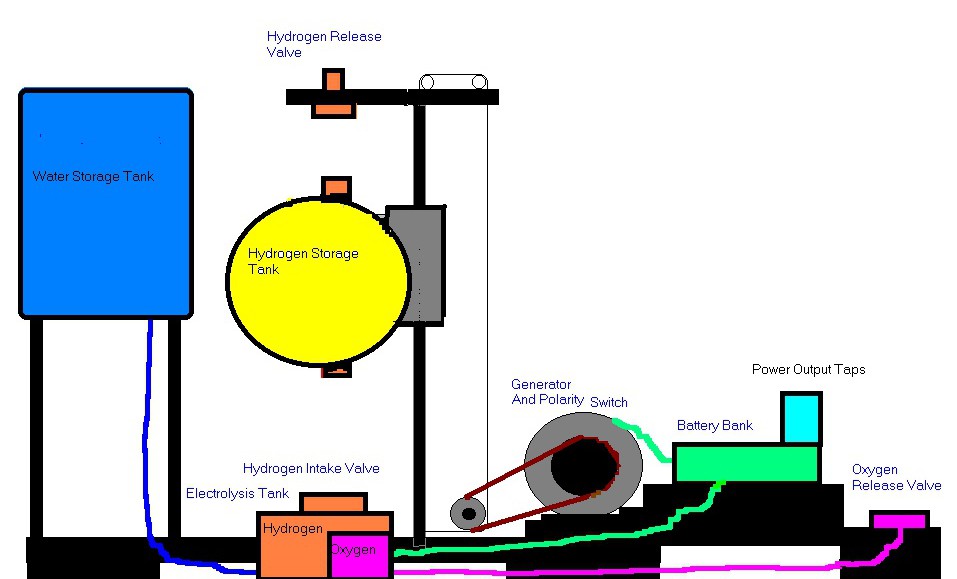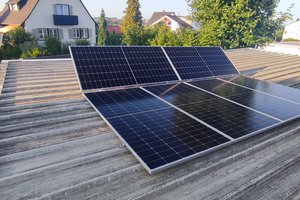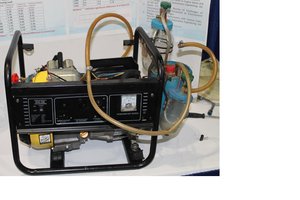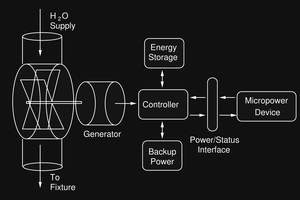As a note- the movement of the rig up and down the rails is governed by the inflation level of the hydrogen bladder. As the electrolysis fills the bladder, it eventually develops enough buoyancy to break free of the magnetic seal and begin travel up the rail. As it moves, it generates current in the coils it passes, which is sent to the storage cells. When the rig reaches the top and connects to the upper hydrogen storage, it empties. As this occurs, the rail coil connections are inverted, so the same polarity is sent to the storage cells. Once the bladder releases enough hydrogen to break the seal, it goes back down, generating more power. This is in addition to the power generated by burning hydrogen at the top and from the turbines being turned by exhaust water.
The electrolysis unit's exhaust is pure oxygen, and the only other output is electricity.

 Commodore Raster
Commodore Raster
 Dominic Buchstaller
Dominic Buchstaller
 Cedar Centre STEM Hub
Cedar Centre STEM Hub
 Vittorio Loschiavo
Vittorio Loschiavo
 Ted Yapo
Ted Yapo